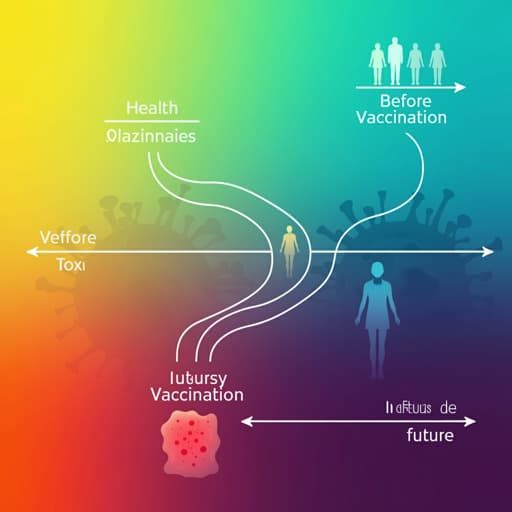
Medicine and Health
Persistent COVID-19 symptoms at 6 months after onset and the role of vaccination before or after SARS-CoV-2 infection
R. Sa, P. Sd, et al.
This study explores the lingering symptoms of COVID-19 six months after infection and how the timing of vaccination affects these outcomes. Discover more about the intriguing findings from Richard SA, Pollett SD, Fries AC, and the EPICC COVID-19 Cohort Study Group.
~3 min • Beginner • English
Related Publications
Explore these studies to deepen your understanding of the subject.







